Confession: I owned a V8 which was made in a decade when ‘being green’ described someone who was either very naive or very seasick. Don’t get me wrong, I’m not proud of pumping particulate into the atmosphere. Indeed, by my own emission, I’m very open to exploring hybrid technologies. I’d go so far as to call myself 'EV curious’.
So I happily accept the invitation to drive Mitsubishi’s 2021 Eclipse Cross plug-in hybrid from Adelaide to the Flinders Ranges.
Over two days, photographer Thomas Wielecki and I will complete a 900km circuit, stopping along the way to meet a few like minds. However, while I’m happy to plug into the zeitgeist, I need to be convinced that a new-fangled plug-in hybrid will be at home in one of the oldest and most rugged landscapes on the planet.
Our journey starts at 7.30am in the cool spaces of Adelaide’s much-loved Café Troppo. Overlooking Whitmore Square, Troppo is a fusion of urban cool and civic kindness – an indoor/outdoor place of galvanised mini-orb with raw willow sticks woven into the ceiling. It’s fronted by a pavement that has been transformed into a mini-oasis by citrus trees and native Australian herbs.
After being served a colourful platter of chilli eggs with dill aioli, pickled carrot and slaw, I chat with co-owner Maddie Brown. “Our whole mission was to be a sustainable café,” she says. “We change the menu quarterly, keeping it local, seasonal and ethical. Our waste is 80 per cent compostable and we don’t have a lot of meat, except for kangaroo which is wild and sustainable.”
The café’s pavement garden, sanctioned 10 years ago by the city council, attracts birds and bees and has a cooling effect. The fruit trees contribute to the menu – as does the community. “We do a produce exchange, where locals can trade any excess fruit they’ve grown for coffee. If we get a few figs, for instance, we’ll build them into a daily special.”
Just as I’m fortified by my breakfast, so the Eclipse Cross is replete with 45 litres of petrol and about $2 of electricity (courtesy of around seven hours plugged into a socket at my home). Pulling away from Troppo, we’re no noisier than a golf cart. It’s a pure EV moment, and I find it as unusual, as invigorating and as torque-y as everyone had promised me it would be.
After city streets become freeway, the 2.4-litre engine kicks in and enters into a private (and similarly quiet) accord with the battery: sometimes the vehicle makes kilowatts, sometimes it drains kilowatts and sometimes it cracks hydrocarbons, an oddly mesmerising give-and-take that plays out on a console.
Adelaide recedes and the landscape becomes similarly ‘out there’. A giant spaceship stands sentinel in a rough paddock. An army defence range sits beside the calm waters of the Gulf St Vincent warning of ‘Live Bombs’. And in the old sandstone town of Port Wakefield, residents use rakes to harvest luscious blue swimmer crabs in the shallows.
In Lochiel, sixth-generation farmer John Nicholls introduces us to a dazzling reinvention of a tiny outpost.
Until a few years ago, Lochiel was a one-horse fly-through, a blip on the highway, with a thick cordon of invasive pine trees obscuring every farmer’s nightmare, a salt lake. Then two things happened: the progress association cut out the pine trees; and they revealed an Instagram darling that has everyone slamming on the brakes – a pink lake.
“She’s showing nicely pink today,” beams John. “It’s all about the rain we’ve had. That and two types of bacteria. But on a day like this, we’ll get 400 people stopping!”
Sure enough, young couples alight from their Jucy campervans to fill their phones with bubblegum colours and post messages of love from Lake Bumbunga. Last year, two tiny houses were opened for guests and plans are afoot to reopen a café. The legend of the ‘Loch eel’ (born in the 1950s when some wag used car tyres to effect a Nessie sailing across the salt) has been given some permanency courtesy of a fine sculpture sitting 3.7-metres tall in the middle of the lake.
Behind us are low ranges studded with 75 windmills – part of the largest wind farm in South Australia, the state that generates 41 per cent of the nation’s wind power. When I ask John how much farmers get paid to lease their land, he flashes a mischievous grin: “Not exactly sure. But y’know how wind makes you cranky? Well, wind doesn’t make these blokes cranky…”
South of Port Augusta, we encounter one of the world’s most remarkable renewable energy projects. Sundrop Farms first appears as a daytime star on the horizon. Up close, it’s truly otherworldly, a bucket of light atop a 127-metre tower that’s solar-heated by a sea of 24,000 mirrors. Almost too bright to look at, it generates energy, desalinates seawater and cools the air – all to grow 17,000 tonnes of tomatoes each year in Sundrop’s phalanx of greenhouses.
Our first 150km consumes around 7.5 litres of petrol, and the Eclipse Cross emits nothing for around 30 per cent of the time. These aren’t numbers I’d normally associate with a well-tailored SUV with enough weight to shrug off the percussive force of thundering road-trains. From here, however, the country climbs steeply, and the plug-in hybrid must take us from sea level to 400 metres in relatively short order, which means more vroom and fewer volts.
We pass through Quorn, a railway town little changed since the 1870s – so little changed, in fact, that movie producers have used it to showcase their stars and stories, including Peter Finch in Robbery Under Arms, Robert Mitchum in The Sundowners and Jamie Dornan in The Tourist. We’re supposed to do a 25-minute recharge at the e-station in Great Northern Lodge, but Tom the photographer – too dazzled by Sundrop – has blown up the schedule.
So we push for another hour until the Flinders’ most dramatic profiles are looming overhead. The Elder range, the Chase range and Wilpena Pound are 800 million years old, their histories revealed in strata that glow in the hot evening light.
Wilpena Pound, or Ikara, is often confused with a volcano. It’s best understood with the help of an Adnyamathanha ranger (who will tell you it was formed by two serpents and the kingfisher man) or a geologist (who will tell you it’s all that remains of an ancient Himalayan-sized mountain). We get a feel for the enormity of the thing by repairing to the deck of an eco villa at Rawnsley Park Station.
Rawnsley’s eight villas are carefully tailored straw-bale constructions, with all the mod-cons, superb insulation and off-grid capabilities. When the sky is sprayed with stars and our Flinders-grown lamb chops are sizzling, the Eclipse Cross very happily draws its overnight charge.
In the morning, Rawnsley owner Tony Smith takes us closer to magnificent 971-metre Rawnsley Bluff, a bulge in Wilpena’s ‘walls’. The sheep farmer is happy for the Mitsubishi Eclipse Cross to tag along behind his battle-hardened 4WD, but I can’t help feeling we might be pushing our luck – or pushing our low-slung SUV with its road tyres.
Nonetheless, I rely on the Super All-Wheel Control (S-AWC) system to help negotiate the steep, deeply fissured dirt tracks and dry creeks still moist from rain. And I’m astonished. The electric motors at both axles render the Eclipse Cross a genuine AWD; moreover, the torque is direct and immediate, which means I can push my way oh-so-gently out of anything. The floor-pan cops some rocky knocks, but it’s not an issue.
Tony takes us to a fence line where he indicates the acres he’s signed over to the Department of Environment. “We’ve fenced it and completely destocked it,” he says. “We’ve also been controlling goats, rabbits and foxes. Now it’s part of the National Park, and has all the protections that come with that.”
The drive back to Adelaide sees us detouring to Auburn in the Clare Valley, specifically to try the new Jaraman Shiraz at Taylors Wines. The Jaraman was created to fuse the best fruit from two regions – it is a hybrid of sorts – and was so successful that Taylors’ 2014 Jaraman is still the world’s most awarded Shiraz.
Before we visit the cellar door, General Manager Clinton Taylor takes us to the top of massive fermentation tanks. Looking over 400 acres of rolling vales under vine, he explains Taylors’ commitment to halve emissions by 2030. “We signed up to the Science Based Targets Initiative last year,” he says. “We’ve installed new LED lighting throughout the winery, a 100kW solar system which will be doubled soon, and a new irrigation system that requires less pumping.”
Taylors was the first independent winery in Australia to sign up to the commitment led by the UN and World Wildlife Fund. “Climate change is real,” says Clinton. “We see that and we want to play our part.”
After the drive, it’s good to lift a glass of the 2020 Jaraman, a fruit-bomb born of both Clare Valley and McLaren Vale. But it’s good also to toast advances in hybrid technology. The Eclipse Cross plug-in hybrid is designed to shine in an urban, short-drive context when it’s capable of doing a very eco-friendly (and wallet-pleasing) 1.9 litres per 100km. We’ve used two charges and 65.5 litres to complete 950km. That’s just 6.2 litres per 100km on a thumping big drive.
Plug-in hybrid technology, then, is a little like the wines of the Clare Valley. It’s only gotten better with age. And I’ll drink to that.





.png)

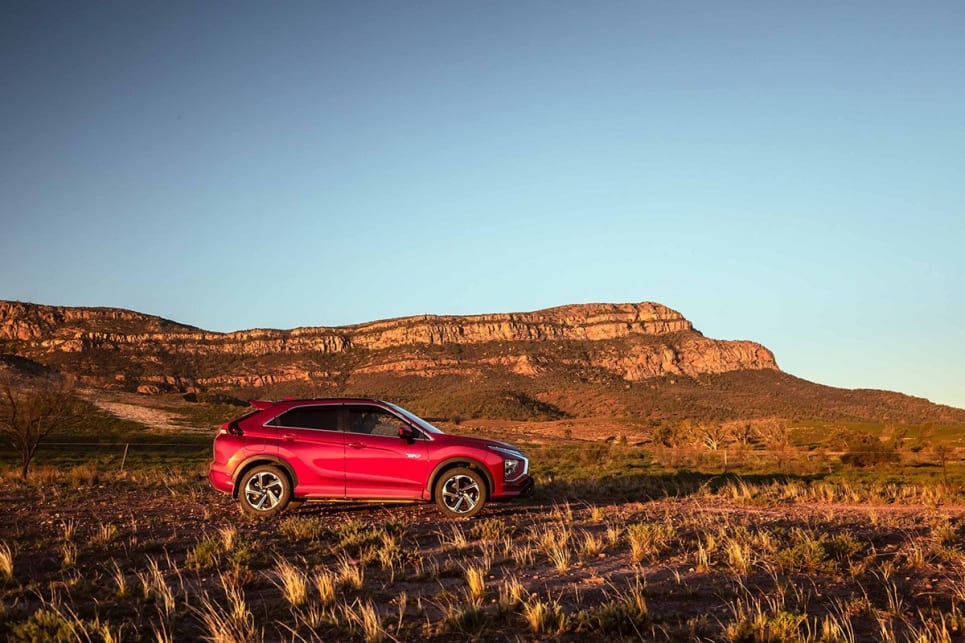

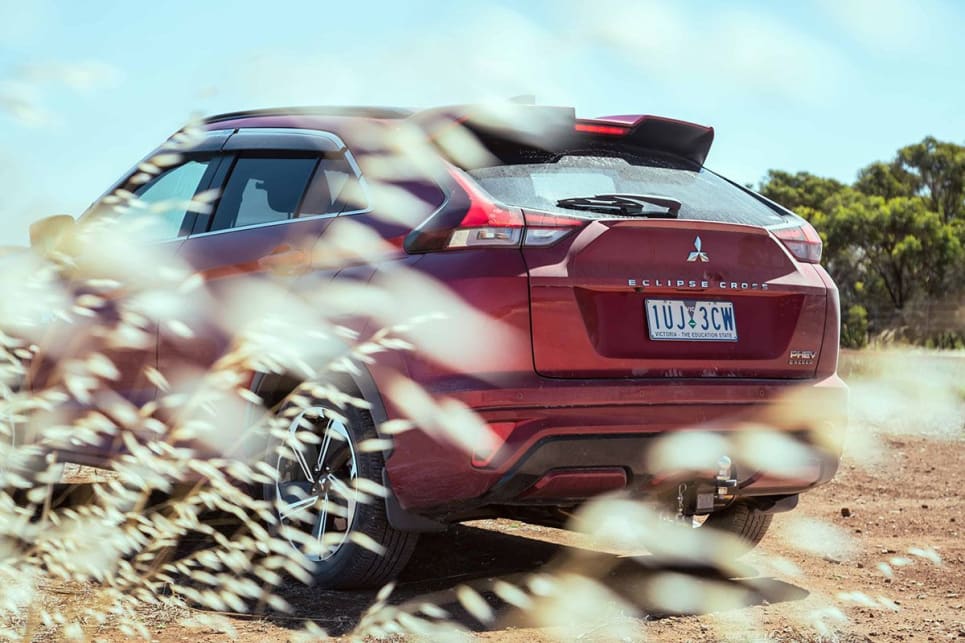
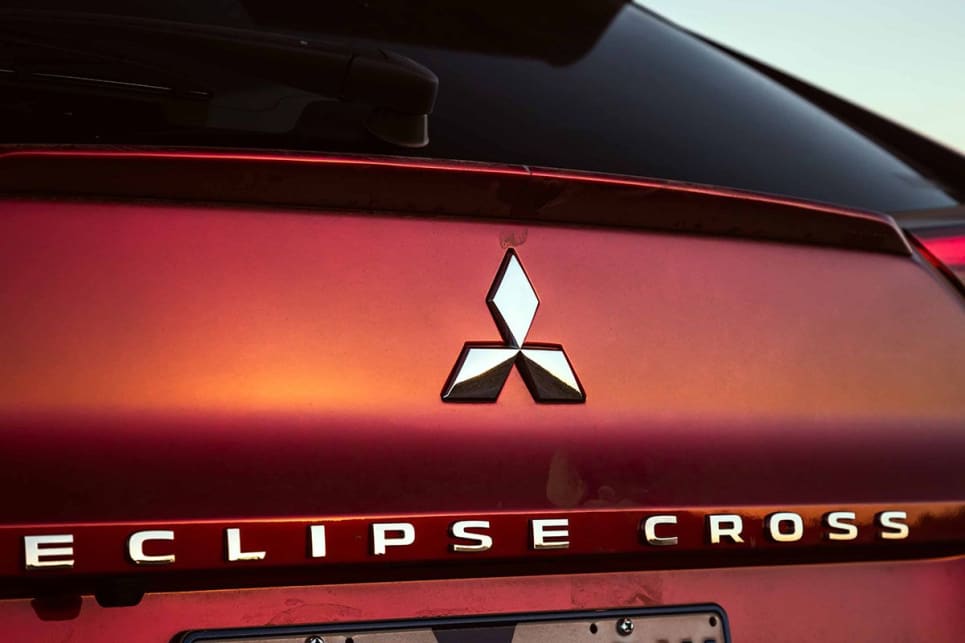

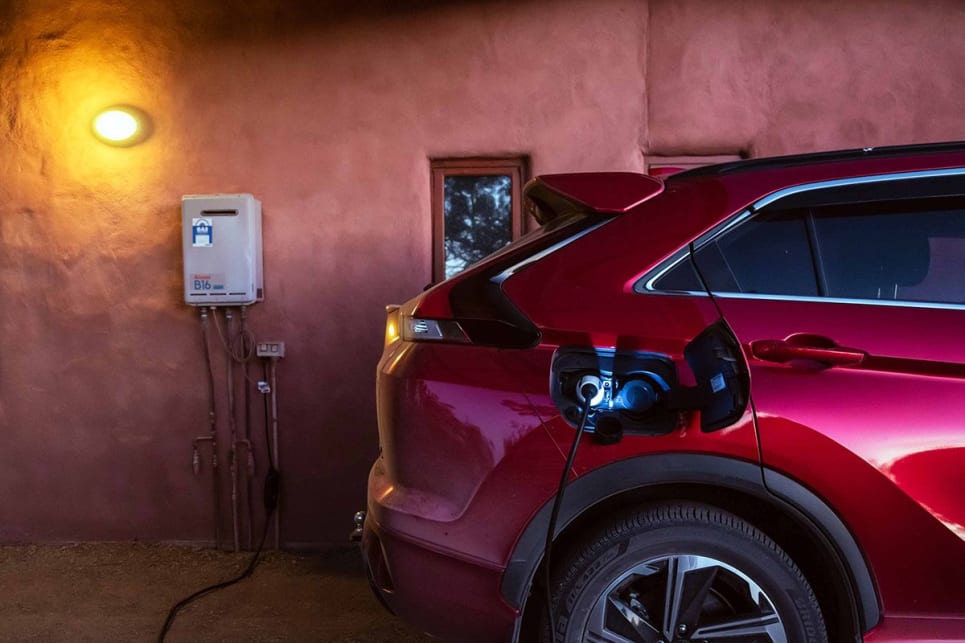
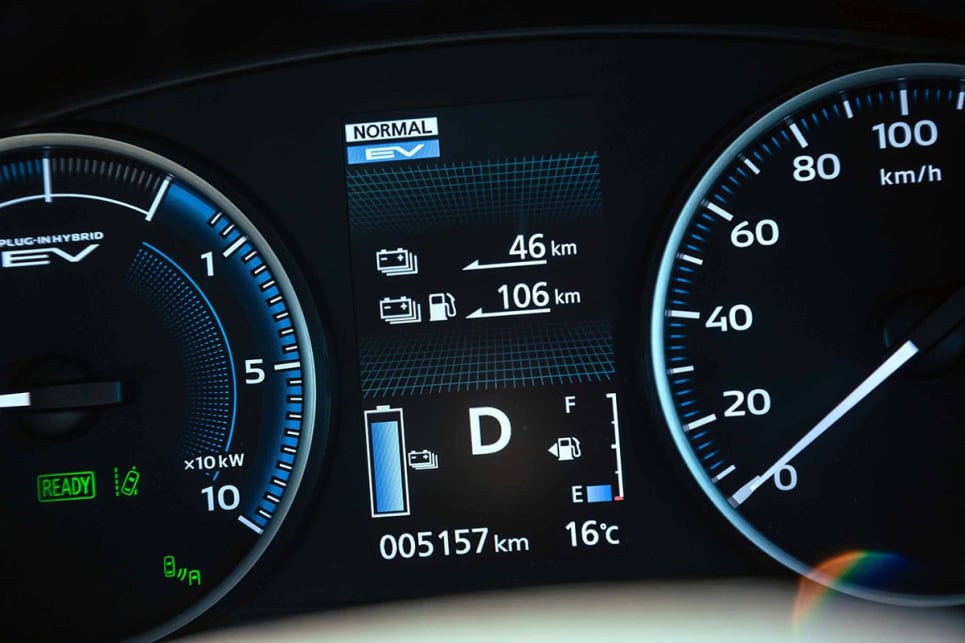
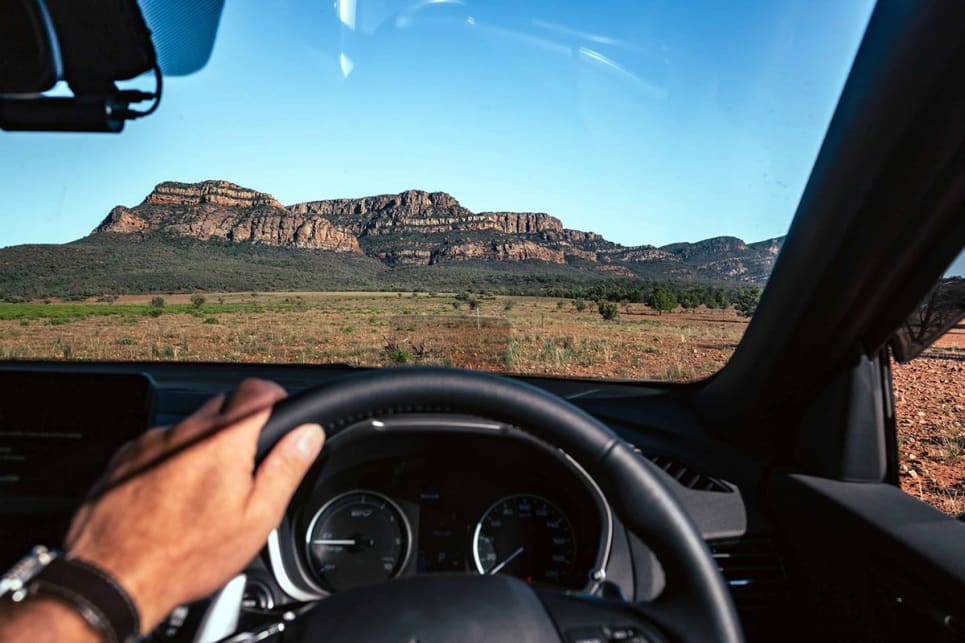
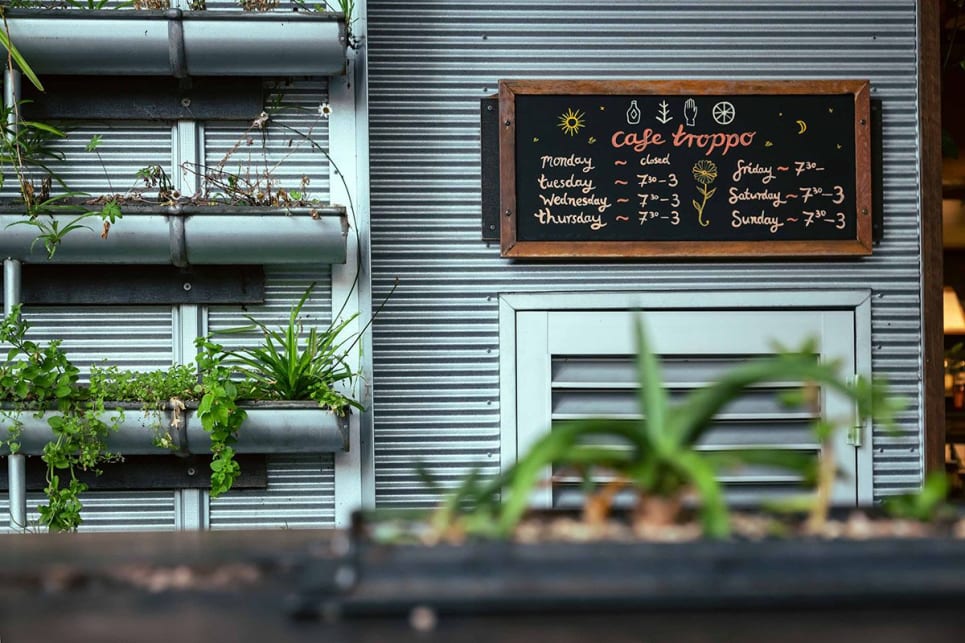


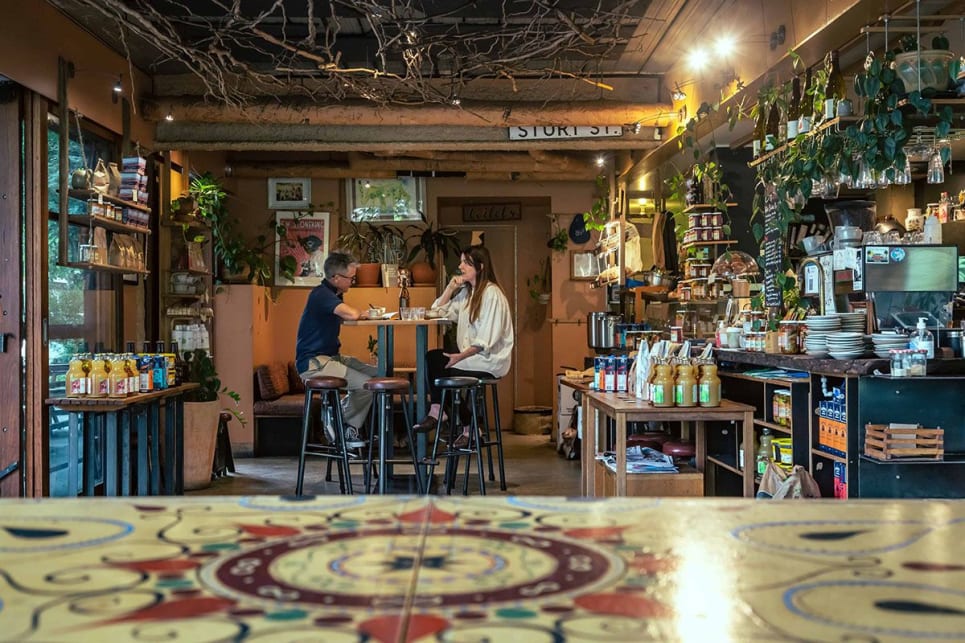
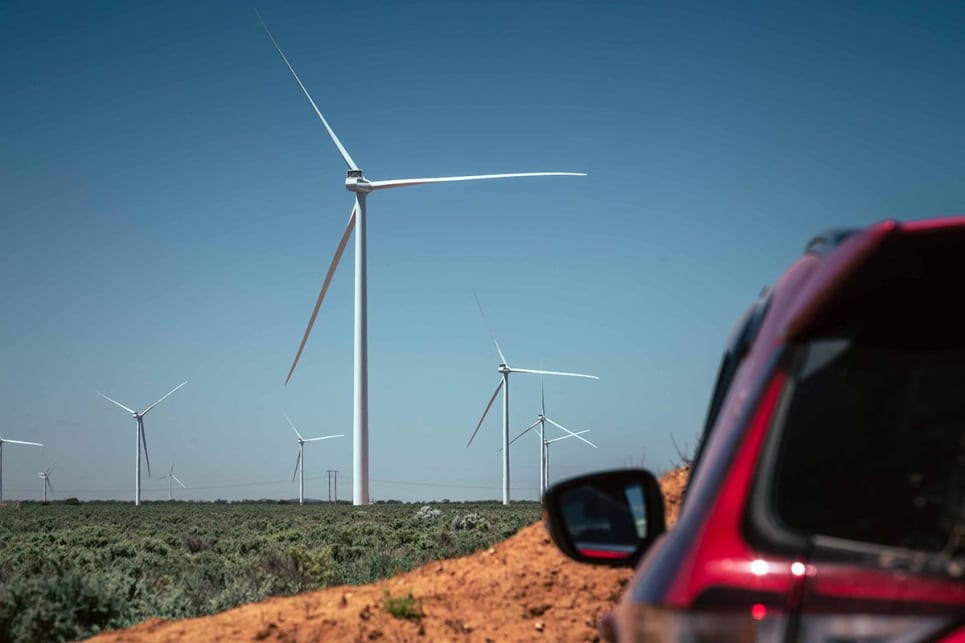
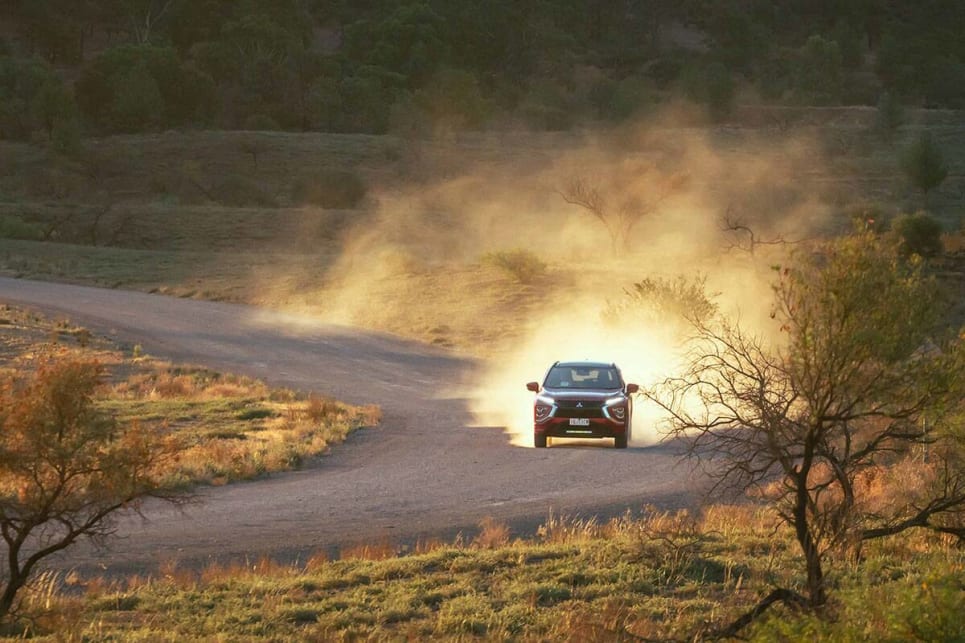
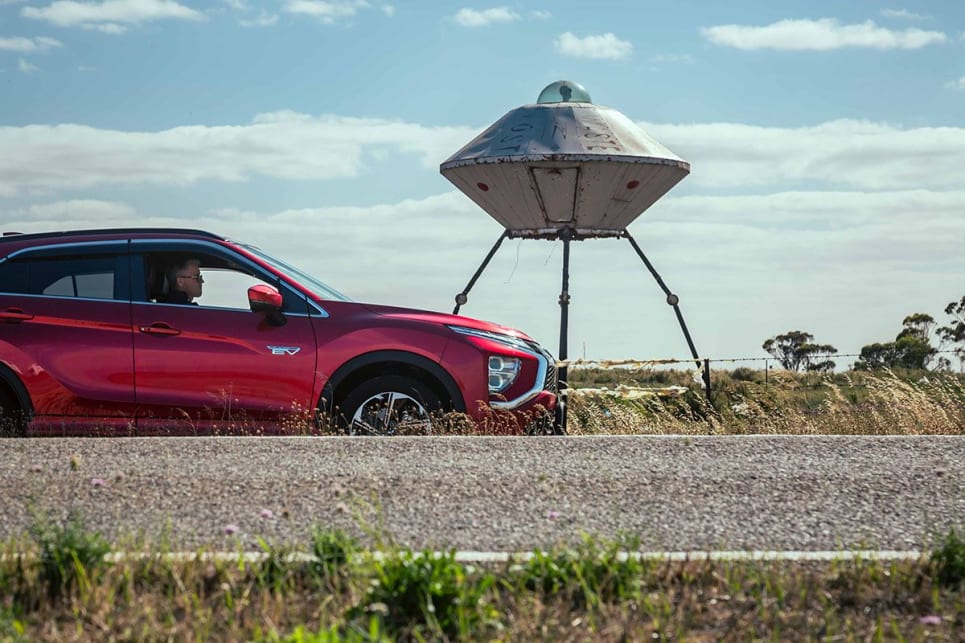

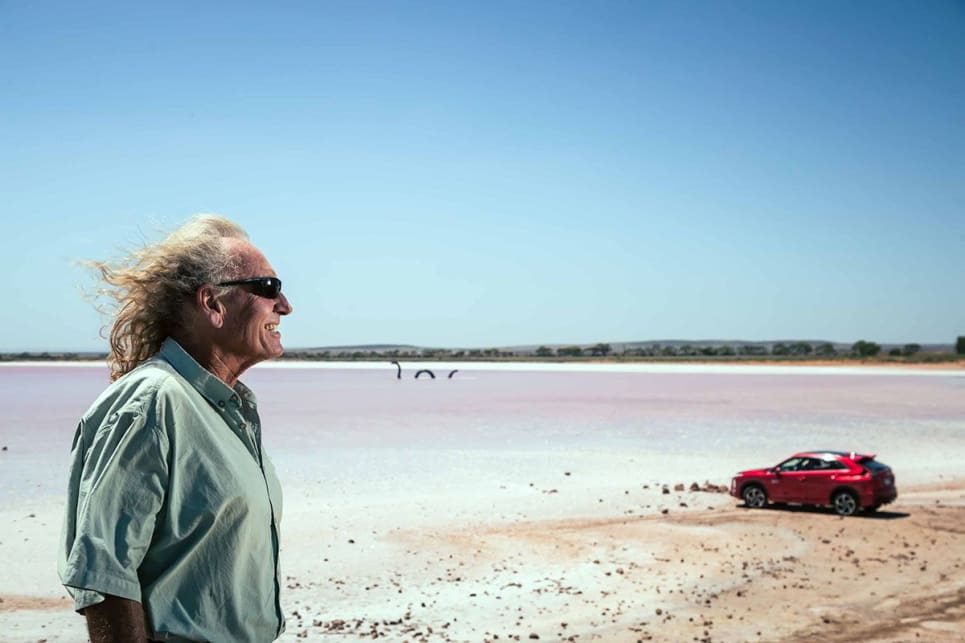
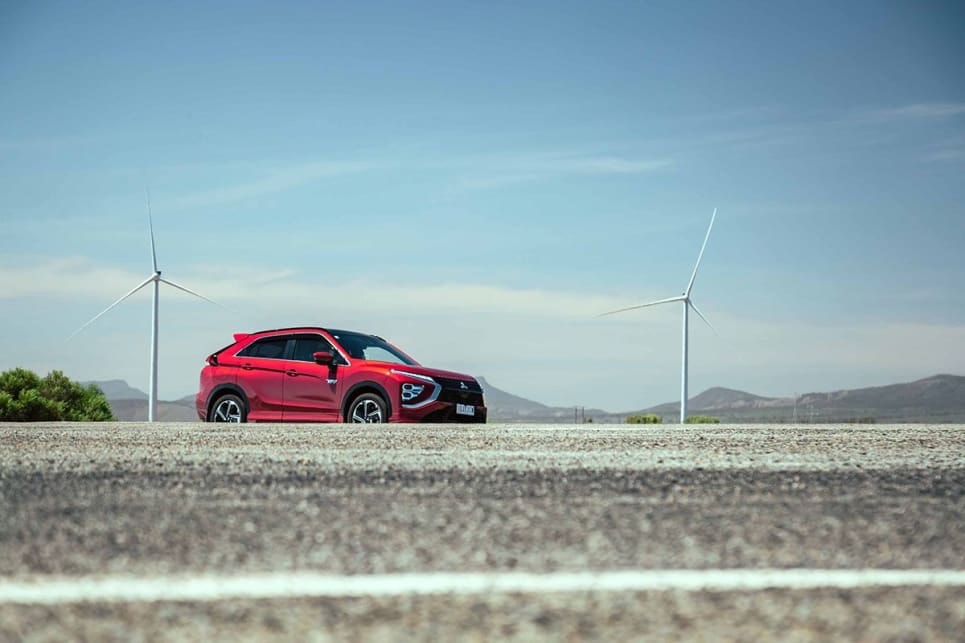
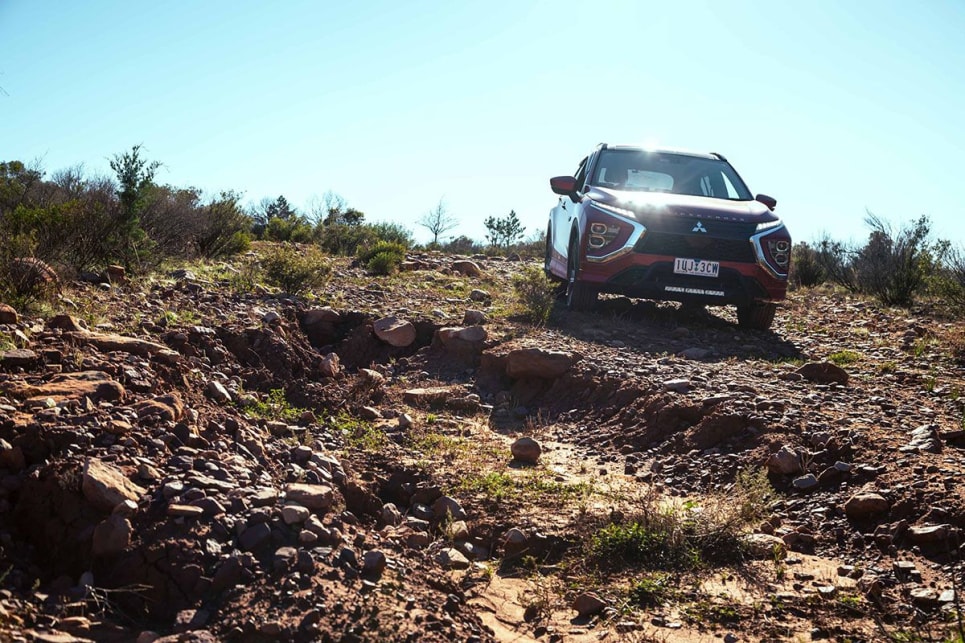
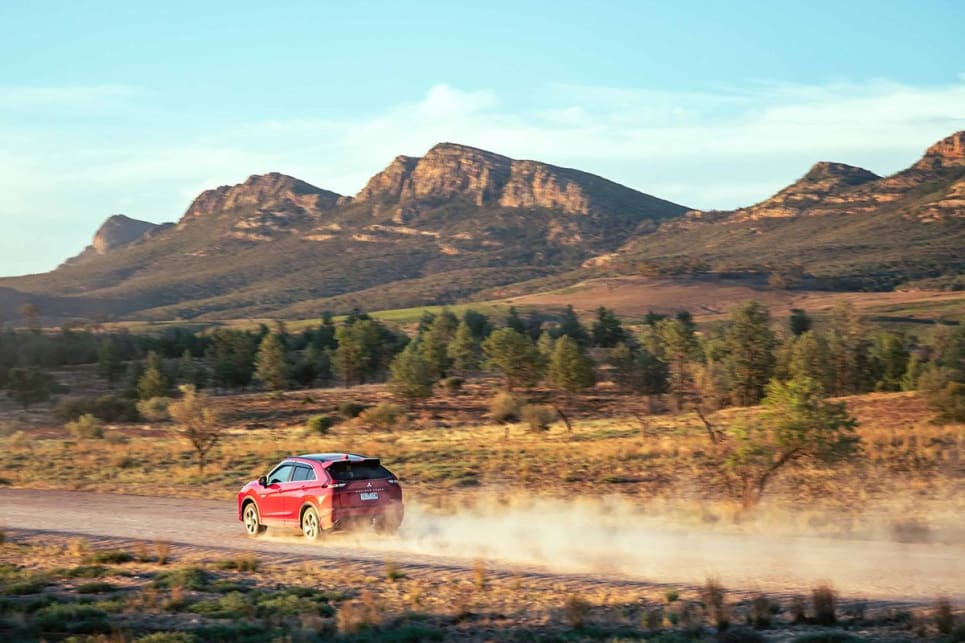
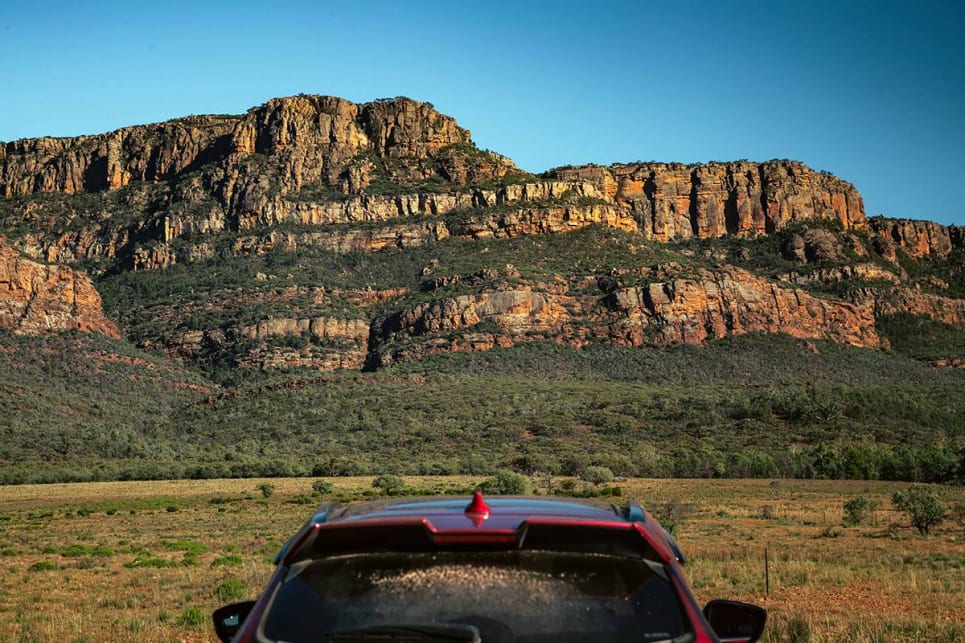
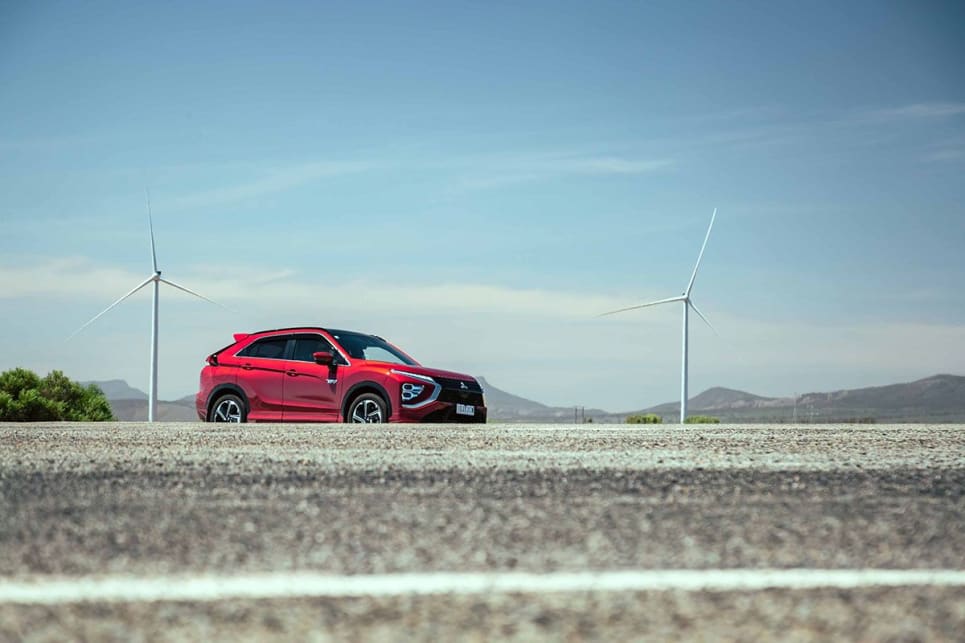
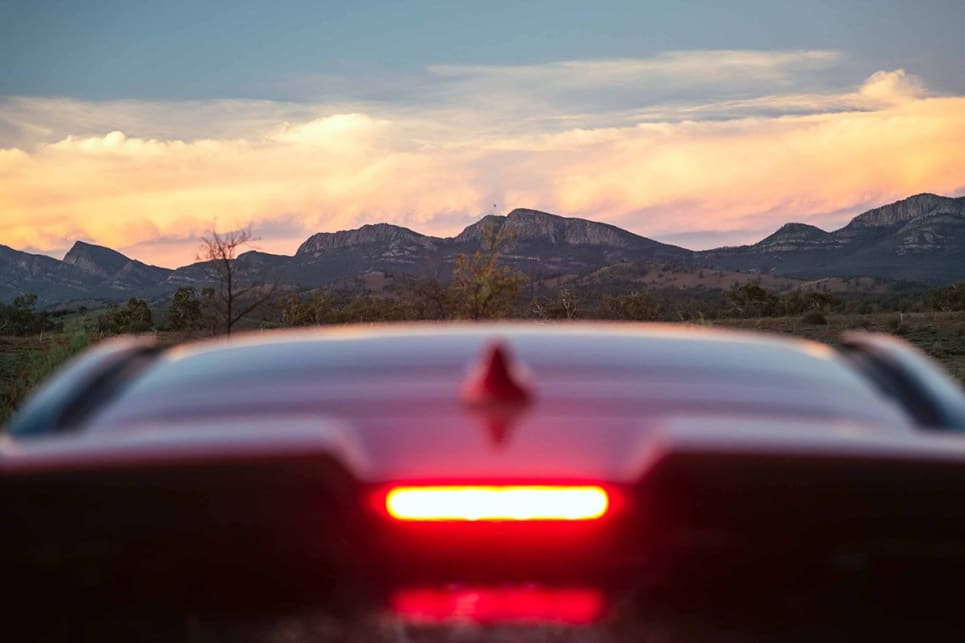
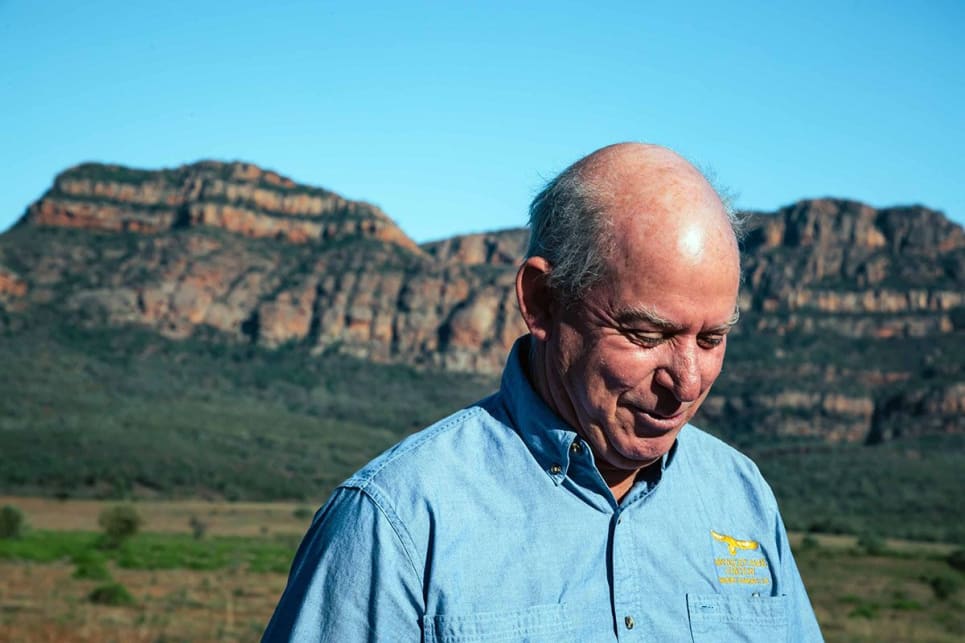
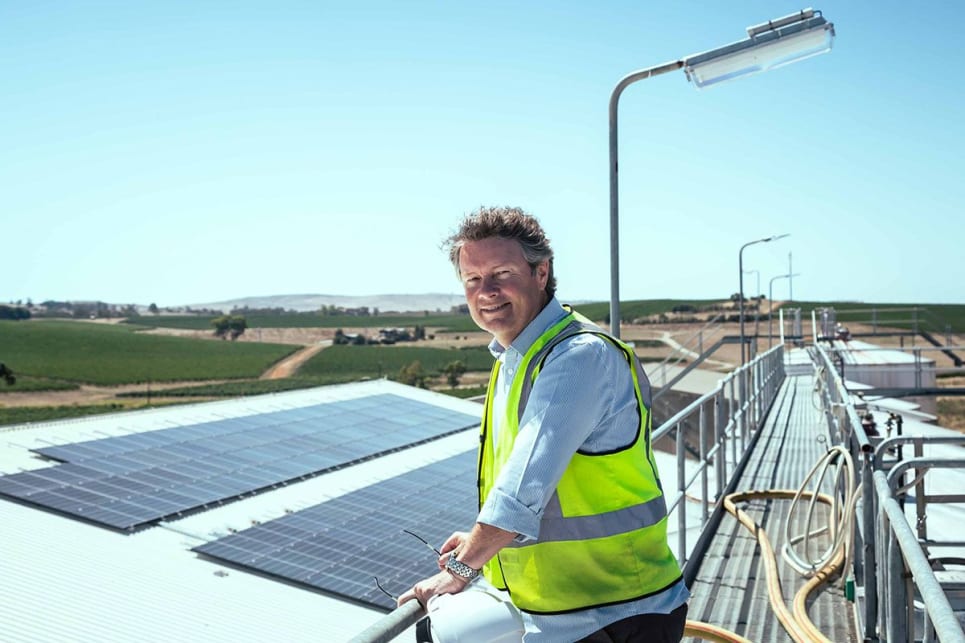
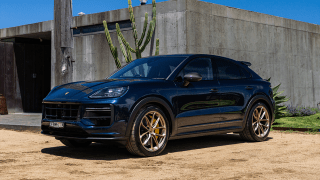
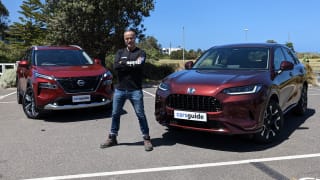


Comments